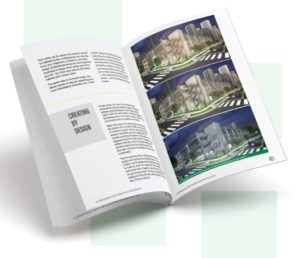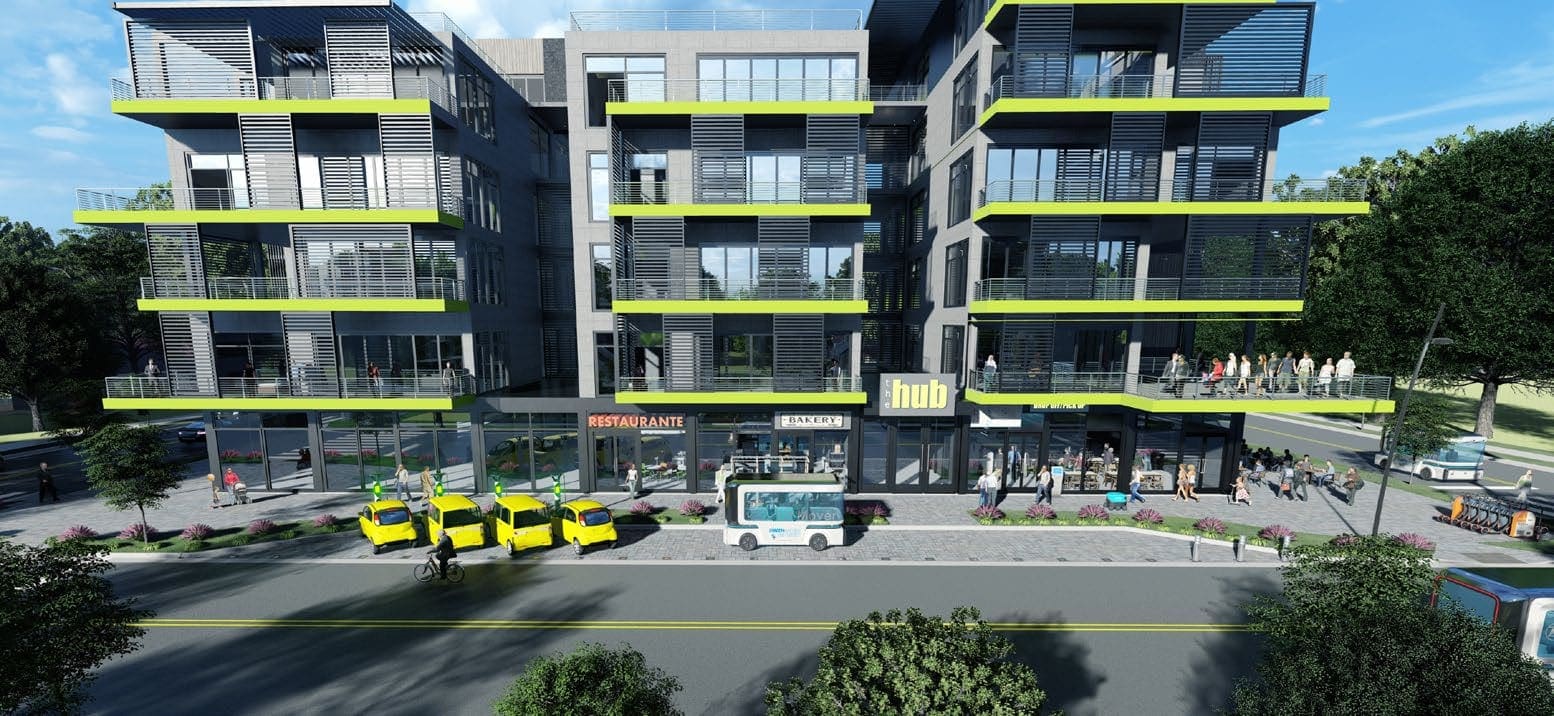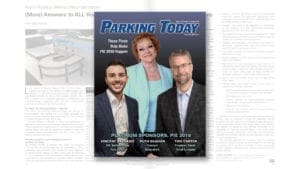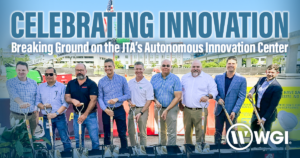
Download a PDF Copy of this Paper
Realizing Your Vision With Technology: The Next Generation of Show-And-Tell
Your vision, as the owner of a project, should be realized by the professionals you choose. Sure, your engineers, architects, and other design professionals bring the vital expertise necessary to shape what comes out of the ground – but their work should ultimately capture your unique vision.
The good news is that technology now allows owners to play an expanding and more immediately influential role in their projects’ designs. Pioneering new 3D design suites allow our designers to show our clients what their projects will look like and how they will fit into the local environment, all from the comfort of the office. Owners have always wanted a way to visualize or see a model before the project is completed — even before the first shovelful of dirt is turned — and 3D technology now makes it happen.
CREATING BY DESIGN
Virtual design isn’t new, but the advances are extraordinary. Recent breakthroughs in 3D design software permit designers to do things that CAD users could only dream about in the past. Modern 3D technology allows us to model projects, inside and out, and recreate their immediate environments.
Within the project, the technology can show owners the location of the smallest details, like the location of windows, support columns, doorways, light poles, elevators and stairs, and other design elements. Outside, architectural features on the façade can be displayed. Once the building itself is completed virtually, software tools like Lumion and Open Bridge can be utilized to depict how the landscaping will look or how other structures, like bridges and roads, can be incorporated.
There is enormous value in seeing what the finished project will look like before breaking ground or cutting a check. And 3D design technology allows designers to make the owner an integral part of the team that realizes the vision. Together, owners and their designers can go through project, moving various elements and seeing how they will work, either together or on their own, if they are altered.



Is a light pole too close to a drain? Owners and their designers can move it to see how the new configuration works. Is the façade material possibly less than ideal for the local environment? The design team can change façades and materials in real-time until they find something more suitable.
The technology is also very helpful for cost detection.
- Owners and their teams see how all the design elements will impact each other and determine whether alternative approaches would be less costly.
- Owners can weigh the relative costs of certain design elements against each other.
- The result is technology helping determine places to reduce costs in order to include more expensive design elements and approaches in other parts of the project.
This flexibility is invaluable when owners and their design teams face difficult choices about what to include or remove to assure the best outcome possible weighed against cost, and to make sure that it reflects their vision, and not just the design team’s concept.
SELLING THE PROJECT
The benefits of 3D design technology extend beyond the nuts and bolts of project design. During the project approval process, it’s an extremely useful visualization tool when facing opposition or questions about whether it is a good fit for a neighborhood or community.
Just as the technology provides owners virtual travel throughout and outside the building before it is even built, it also allows neighbors, local leaders, decisionmakers, and other stakeholders to see the completed project and how it will fit into the community. Owners can show a simulation of exactly how it will look — the project’s scale relative to surrounding buildings; its façade and how it will fit into the neighborhood; the supporting infrastructure, such as roads and lights, and their impact the neighborhood. They can even focus in on elements of specific concern in order to address and alleviate those concerns.
 The software can also help alleviate the anxiety of individual neighbors. The design team can easily create the view from an adjacent home or business right on the computer screen and show what the view of the project will look like to them.
The software can also help alleviate the anxiety of individual neighbors. The design team can easily create the view from an adjacent home or business right on the computer screen and show what the view of the project will look like to them.
As with the design stage, the software can also be used to make adjustments during the approval stage. If project owners and designers want to give select decisionmakers — perhaps elected officials — the opportunity to suggest adjustments, they can be made in real-time, as the decisionmakers look on. Or, owners and their designers can simply use the software to show how adjustments would impact the project and its place in the community, demonstrating the superiority of the proposed design.
The technology is a powerful tool for allaying fears, overcoming opposition, and earning project approval.
VISUALIZATION IS THE FUTURE
Design’s undeniable future rests with the visualization capabilities available through these 3D technologies. Just as simple CAD revolutionized design a generation ago, these new tools promise to transform the design process. When integrated into a technology suite, they can provide detailed views of projects’ interiors, façades, and streetscapes, and how they will fit into the surrounding neighborhoods or communities.
However, the engineering and architecture industries are still in the early adoption stages. Most firms don’t have the in-house capacity to integrate all of the tools, forcing them to use consultants who specialize in graphic design rather than project design. Ideally, you want to work with an engineering firm that handles the work in-house, assuring that the engineers and architects designing your project are also doing the project’s 3D design work.
 Groundbreaking 3D technology gives owners unprecedented control over their projects, and significant design resources to engineers and architects — a powerful tool for winning public approval for challenging projects.
Groundbreaking 3D technology gives owners unprecedented control over their projects, and significant design resources to engineers and architects — a powerful tool for winning public approval for challenging projects.

Download a PDF Copy of this Paper
Realizing Your Vision With Technology: The Next Generation of Show-And-Tell






